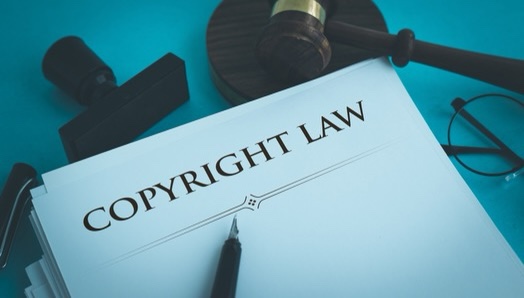Introduction: Copyright Law

In today’s digital age, it is easier than ever to access and share photographs. However, it is important to remember that photographs are protected by copyright law, which means that they cannot be used without the owner’s permission. This includes using a photograph as a reference for an artist to create a new work of art.
What is copyright law?

Copyright law is designed to protect the rights of the creator of a work, including photographs. This means that the owner of a photograph has the exclusive right to reproduce, distribute, and display the photograph. If someone else wants to use the photograph, they must obtain permission from the owner.
The Process of Obtaining Permission

The process of obtaining permission to use a photograph for reproduction can be straightforward, but it is important to follow the correct steps to ensure that you are not infringing on the owner’s copyright. Here are the steps you should take:
1. Identify the Owner of the Photograph
Before you can obtain permission to use a photograph, you need to know who owns it. If the photograph was taken by a professional photographer, they will likely own the copyright. If the photograph was taken by an amateur photographer, they may still own the copyright, or it may have been transferred to someone else.
2. Contact the Owner
Once you have identified the owner of the photograph, you need to contact them to request permission to use it. This can be done by email, phone, or in writing. Be sure to explain why you want to use the photograph and how it will be used.
3. Obtain Written Permission
It is important to obtain written permission from the owner of the photograph. This can be in the form of an email or letter. The permission should include details of how the photograph will be used, including whether it will be reproduced, distributed, or displayed.
4. Provide Credit
When using a photograph that belongs to someone else, it is important to provide credit to the owner. This can be done by including their name or a copyright notice on the reproduction.
Once You Have Obtained Permission

Once you have obtained permission to use a photograph for reproduction, you can provide it to an artist to create a new work of art. The artist will use the photograph as a reference to create the final product. It is important to ensure that the artist understands that the photograph is protected by copyright law and that they cannot reproduce it without permission.
The Final Step

The final step in this process comes once the project is finalized. It is then of utmost importance to give credit to the rightful owner of the photograph. This is a crucial step in acknowledging the hard work and efforts put in by the original photographer in acquiring the image, and thus, giving them the recognition they deserve. Furthermore, it is also a legal obligation to give credit where it is due and not infringe on anyone’s copyright. By doing so, you show respect towards the artist and uphold ethical standards of the industry. In addition to that, not mentioning the owner’s name can lead to misunderstandings and even legal issues. Therefore, always credit the owner of the photograph to ensure a smooth and hassle-free process, and to promote a healthy and ethical work environment.

